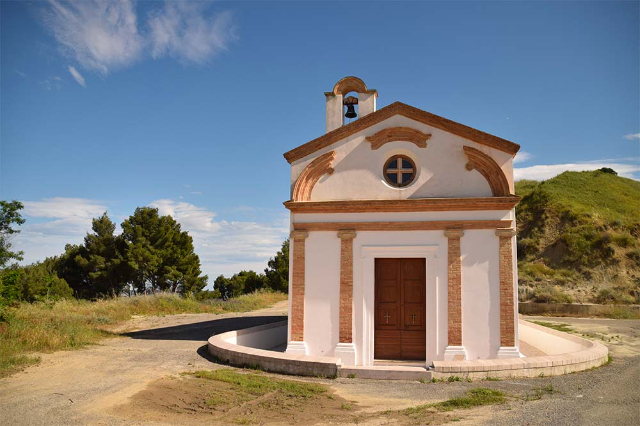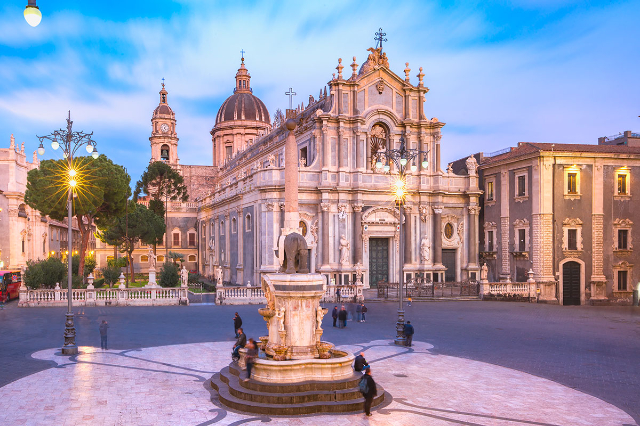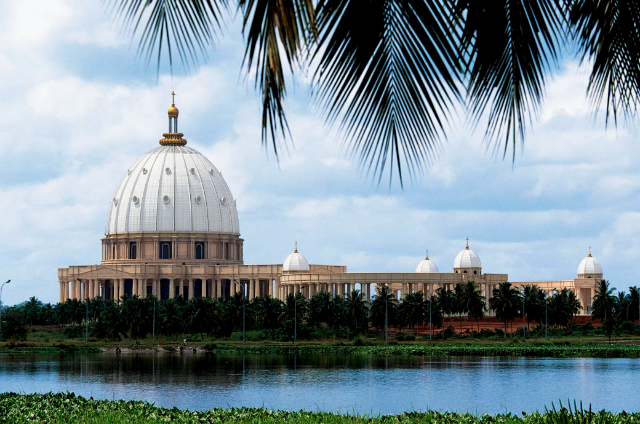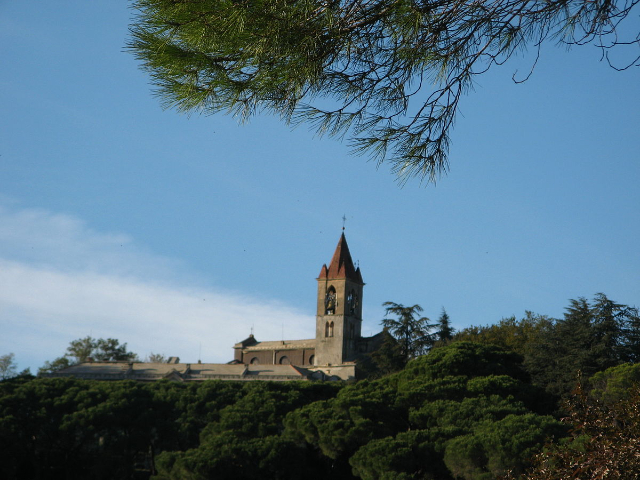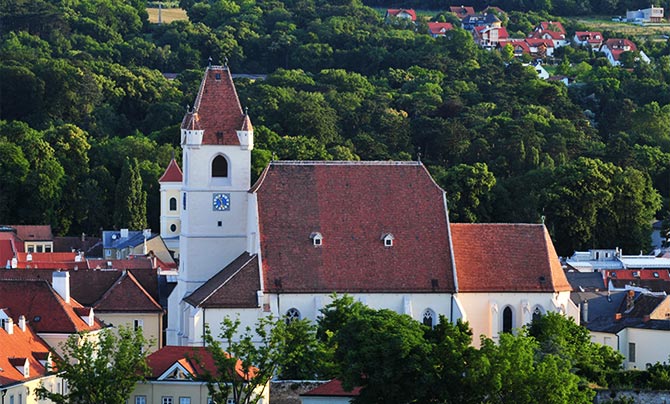The hermitage of Santa Caterina del Sasso was built on a rock overlooking the lake, far from the mainland and connected to it only by a very long, steep and very impressive flight of steps.
Today, thanks to the many boats that navigate the waters of the lake, it is possible to reach the Hermitage of Santa Caterina at any time of the day, to indulge in an out-of-town excursion to an enchanting place or to leave behind the chaos that, very often, one breathes in tourist areas that are all too busy.
The history of the Hermitage is shrouded in legend and one has to go back to the time when the plague besieged the shores of the Lake on both shores, Piedmont and Lombardy, to know its birth.
The Hermitage was founded by a wealthy merchant, a certain Alberto Besozzi. Finding himself in the midst of a shipwreck, Besozzi entrusted himself to St. Catherine of Alexandria, vowing penance should he be saved. The merchant was saved by clinging to rocks and there he retired, as promised, to be a hermit: in that place now stands the Hermitage.
In 1195 Albert intervened to combat the plague that had struck the surrounding areas and, following an angelic revelation, built a shrine similar to the one that held the remains of St. Catherine of Alexandria on Sinai. Upon his death in 1205, Albert was buried next to St. Catherine’s chapel, and was later proclaimed Blessed: the Blessed Albert Besozzi whose remains still rest at the Hermitage today.
The Hermitage later witnessed another miraculous event: when in the seventeenth century boulders came crashing down, falling on the vault that guarded Alberto’s tomb, fate willed that they stopped not far from the ground, only to slowly settle on the floor years later. This fact helped to permanently associate the place of prayer with the miracle.
During the 1300s it was inhabited by a community of Augustinian monks. In 1379 the Ambrosian Romites took over, and in 1649 the Carmelites. Since 1970 the Hermitage of Santa Caterina has been the property of the Province of Varese, which provided for its restoration, the work on which was completed in 1986: the structure was then entrusted to the Benedictines.
The actual monastic complex dates back to the 1300s, although the most recent paintings are from the 1800s. The Hermitage consists of three buildings: the Southern Convent, the Conventino and the church. To the left of the latter, overlooking the lake, is a proud 14th-century bell tower.
In 2010 an elevator carved into the rock was inaugurated, making access from the parking lot on the forecourt above less difficult.



